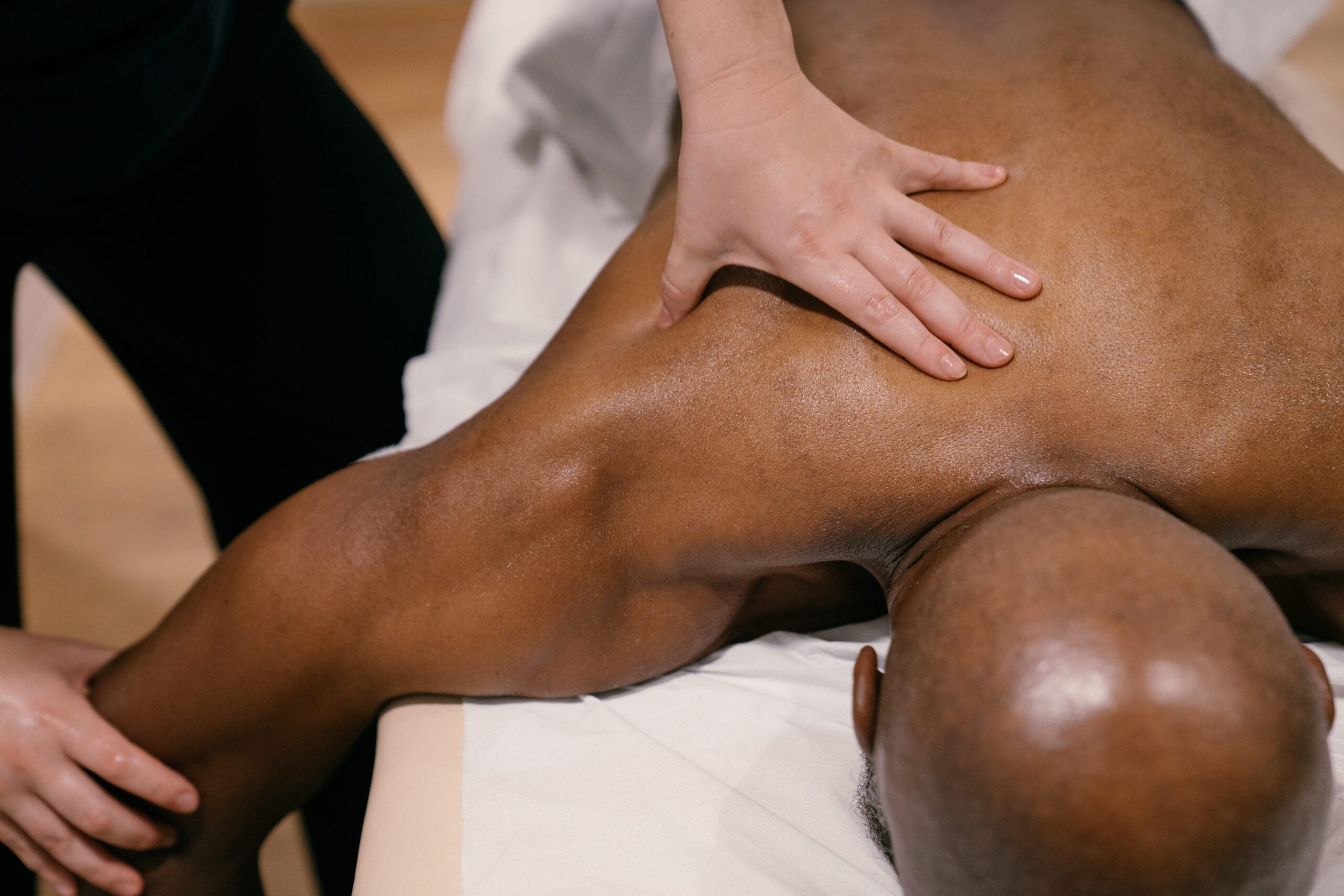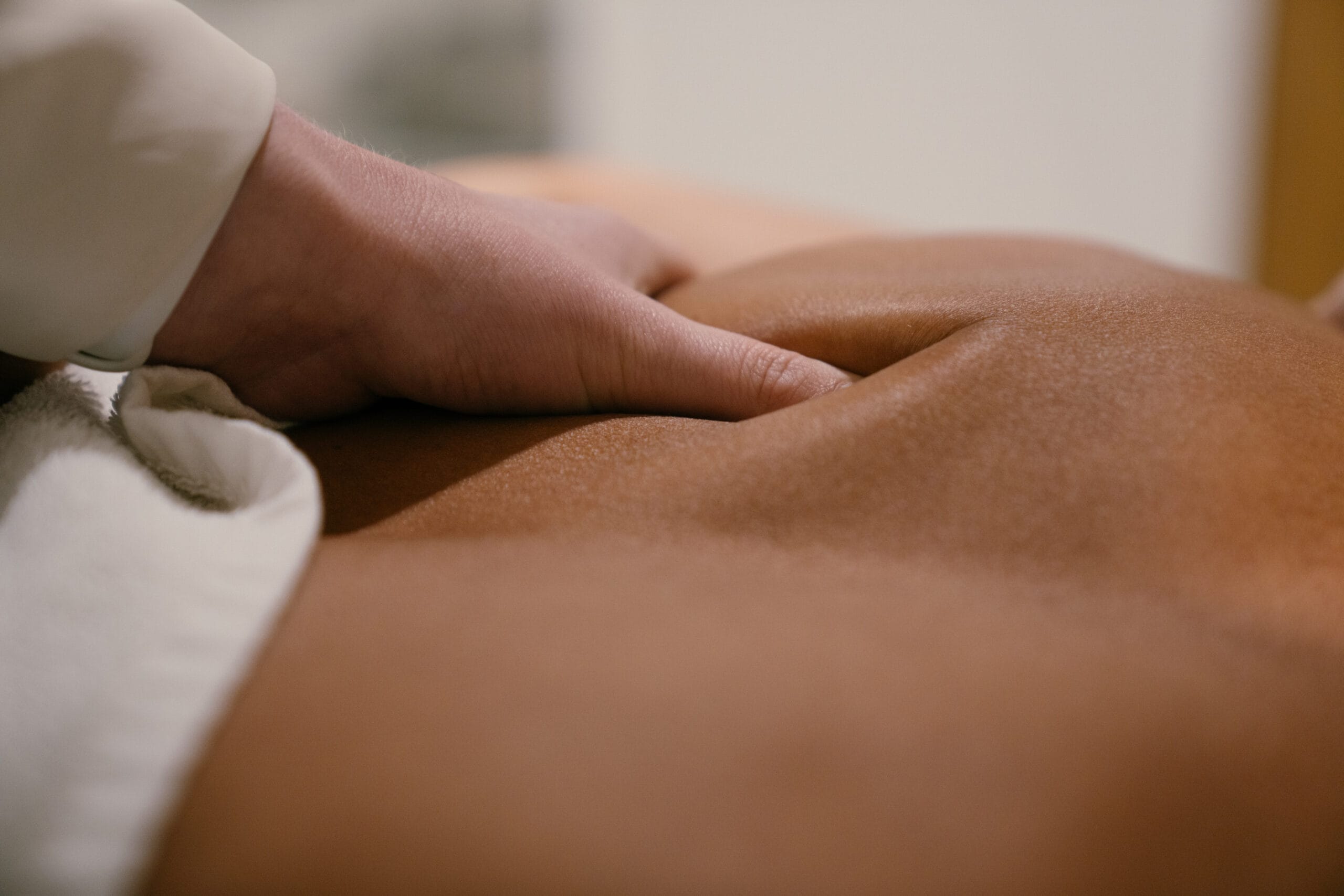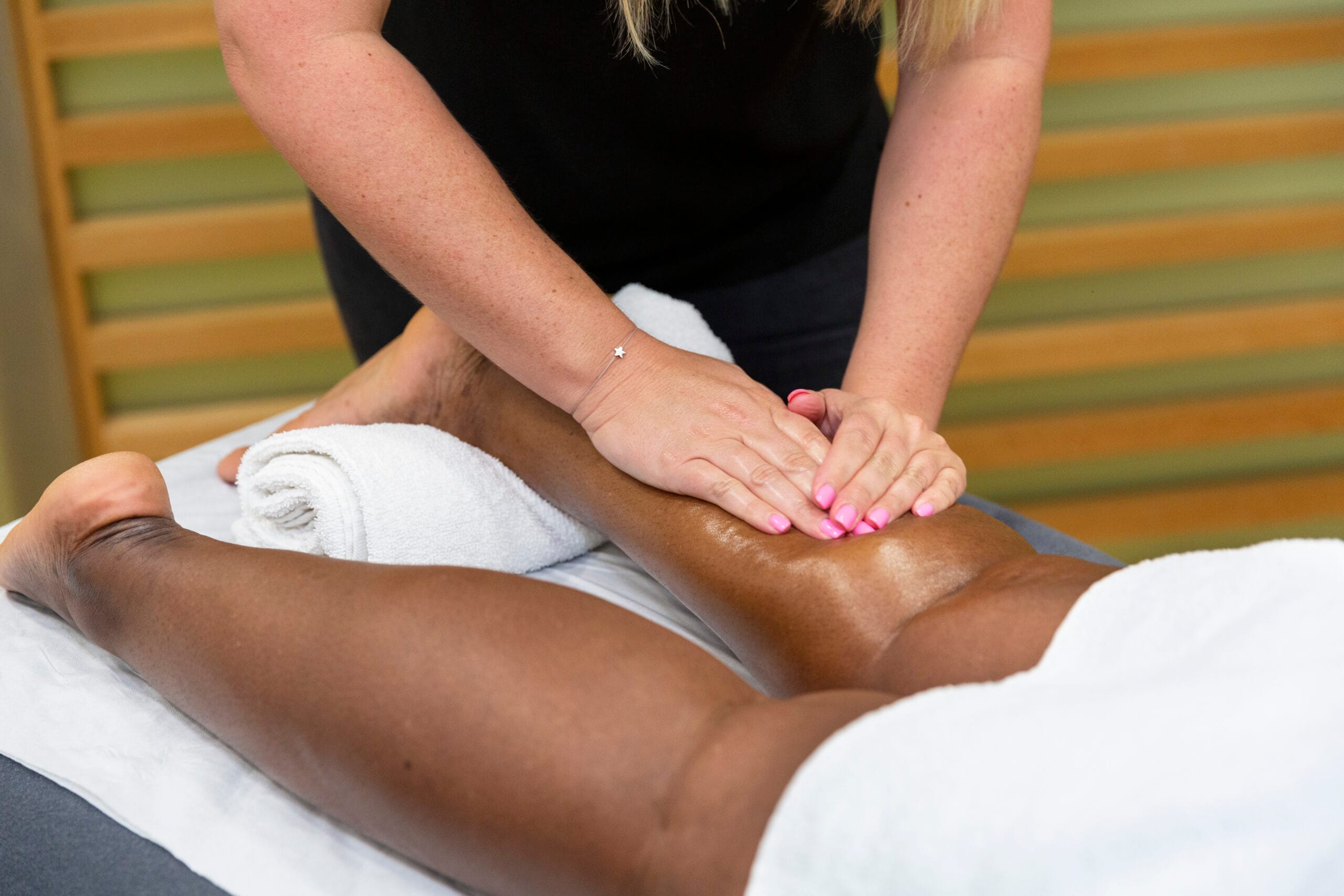Soft Tissue Therapy for Scar Tissue

Claire Small
Chief Clinical Officer & Consultant Physiotherapist
- 8 July, 2019
- Soft Tissue Therapy
- 3 min read
What is Scar Tissue Soft Tissue Therapy?

Soft tissue treatment is an effective technique to reduce the formation and appearance of scars that do not fade over time, and our therapists focus on reducing any tightness, restriction of movement or pain that can be a result of scarring.
Scar tissue formation is a natural part of the healing process following a surgical procedure. Soft tissue treatment can be an effective technique to promote the formation of efficient scar tissue.
How Can Soft Tissue Therapy Help?
- Improve appearance
- Reduce pain
- Overcome the restriction in movement and function
Despite these benefits, treatment of this tissue is a pathway often overlooked by health professionals during the recovery process.
Why do we scar?
Scar tissue occurs when collagen fibres form over an injury site to help protect and strengthen the wound.
These fibres are built up in a random pattern and are more fibrous and less malleable than the previous tissue. Adhesions sometimes form where the hypertrophic scar tissue becomes stuck to the surrounding connective tissue, causing a restriction to your normal range of movement.
Wound healing is a complex process which can be simplified into three main stages:
- The initial or inflammatory stage occurs for 3-6 days post-surgery. Inflammation in the form of redness, heat and swelling is a product of the immune response as debris and bacteria are cleared for the repair process to begin.
During stage one, soft tissue treatment will focus on assisting the body to reduce swelling using gentle strokes away from the wound site whilst avoiding direct pressure or manipulation.
- Following the inflammatory phase, the regeneration, or proliferation, stage can last up to 4 weeks (or sometimes longer, depending on the wound size). During this phase, special cells begin to lay down the new collagen fibres and new blood vessels are formed. The wound may gradually contract, and new skin begins to form.
At stage two, if the level of pain allows it, mobilisation of the injured site can begin to encourage blood flow and reduce the formation of unhelpful adhesions.
- The wound undergoes constant change during the last stage, known as maturation and remodelling, lasting up to 24 months. New collagen forms increase the strength of the tissue as well as change the shape of the wound area.
It is at the third and final point that more intense treatment can begin to restore any movement restriction caused by fibrous adhesions, scar tissue or shortened structures. Direct work on the scar itself can begin once the wound has closed and the risk of infection has passed.

Scar formation also occurs following a muscle strain or tear, when some or all of the fibres are unable to cope with the forces passing through them. The repair process is exactly the same as that following surgical procedures, and so scar tissue forms where the fibres have been damaged.
Alongside Physiotherapy, Soft tissue treatment can be an effective technique to efficiently remodel scar tissue during the rehabilitation process.
Scar tissue is never as functional as the original tissue. However, post surgery or injury, the inclusion of scar tissue release in soft tissue treatment can help make significant and long lasting changes.
If you want to book an appointment with a soft tissue therapist, follow the link or give your nearest clinic a call.
Our team of soft tissue therapists specialise in a range of different treatments to enhance training, injury prevention and recovery, together with supporting the management of ongoing musculoskeletal conditions. This includes a range of different treatments and techniques such as sports massage, deep tissue massage and medical acupuncture.
Soft tissue therapy is for everyone, and it can significantly enhance rehab and recovery as part of a tailored, multidisciplinary approach to ensure you receive the care that your condition demands. We treat a wide variety of people with many different issues, and our team are always available for an initial discussion about what approach would be right for you before you get started.

Advice
Over the last 20+ years our experts have helped more than 100,000 patients, but we don’t stop there. We also like to share our knowledge and insight to help people lead healthier lives, and here you will find our extensive library of advice on a variety of topics to help you do the same.
OUR ADVICE HUBS See all Advice Hubs

